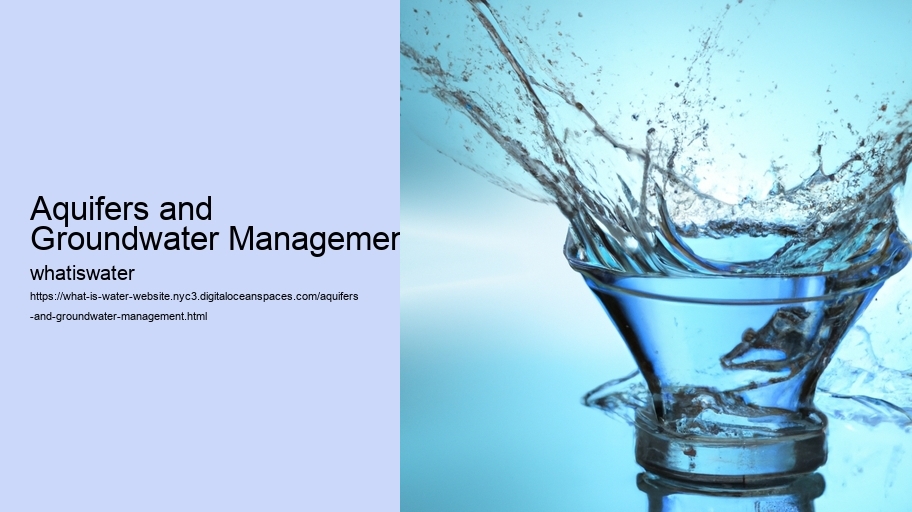To fathom the essence of aquifers, one must recognize that they are not simply vast underground lakes, but intricate systems where water fills the porous spaces between rocks and sediments. Water Footprint Aquaculture Droughts Climate Change and Water These geological formations vary in size, depth, and replenishment rates. Rain Gardens Some aquifers are bound by impermeable layers which prevent water from seeping out—these are known as confined aquifers.
Aquifers and Groundwater Management - Irrigation
- Droughts
- Water Treatment
- Rain Gardens
- Aquaculture
Groundwater management becomes indispensable due to several factors affecting aquifers' sustainability: natural limitations of recharge rates; pollution threats through contaminants infiltrating down to the groundwater; over-extraction caused by human demand often exceeding natural replenishment; and climate change exacerbating these challenges further.
The strategic approach towards managing groundwater involves multiple steps: assessment of available resources through hydrogeological surveys; establishing legal frameworks that define extraction limits and protect recharge areas; implementing advanced technologies for efficient use like drip irrigation in agriculture; monitoring quality to avoid contamination; and encouraging conservation practices among communities who depend on this source for their daily needs.
So crucial is effective groundwater management that it underpins various socio-economic aspects: ensuring safe drinking water supply; providing irrigation for agriculture hence food security; supporting industrial activities requiring reliable water input; maintaining ecosystems that rely on consistent groundwater levels for wetlands or streams flows.
In conclusion, balancing the exploitation with conservation of groundwaters held within earth's precious aquifers necessitates informed policies backed up by scientific understanding.
Aquifers and Groundwater Management - Molecule
- Rain Gardens
- Aquaculture
- Water Footprint
- Aquatic Ecosystems
Aquifers and Groundwater Management - Climate Change and Water
- Waterborne Diseases
- Droughts
- Water Treatment
- Rain Gardens
- Aquaculture
Aquifers and Groundwater Management - Climate Change and Water
- Marine Pollution
- Water Rights
- Water Education
- Hydroelectric Power
- Drinking Water
- Rivers and Lakes
